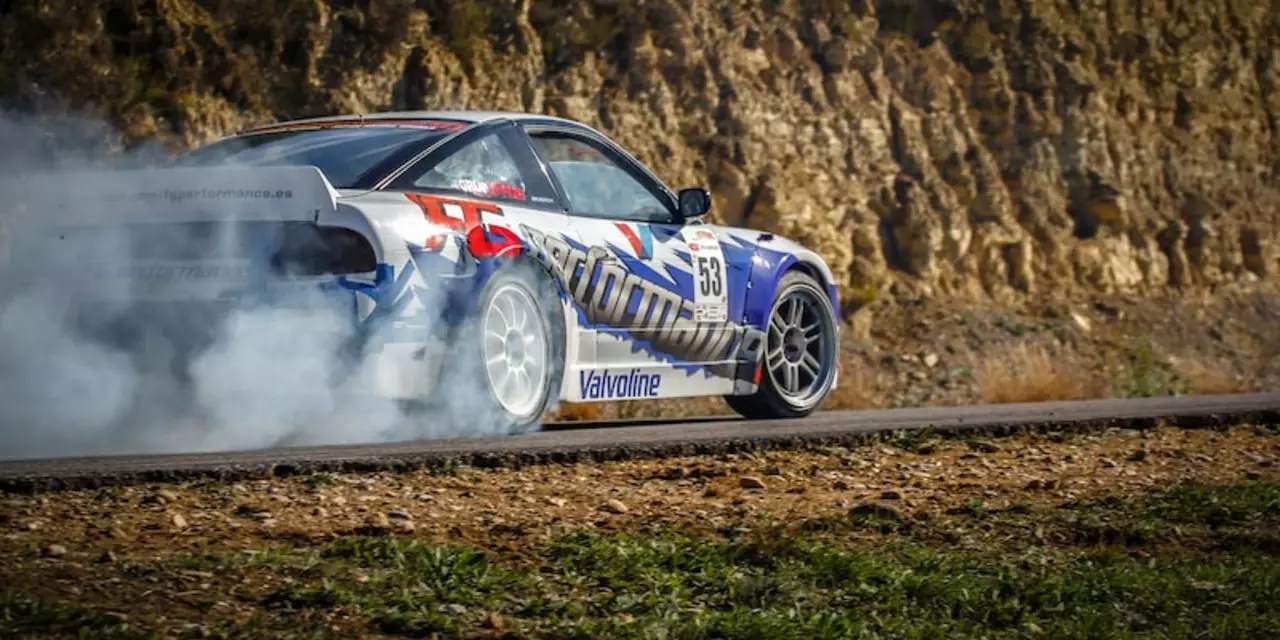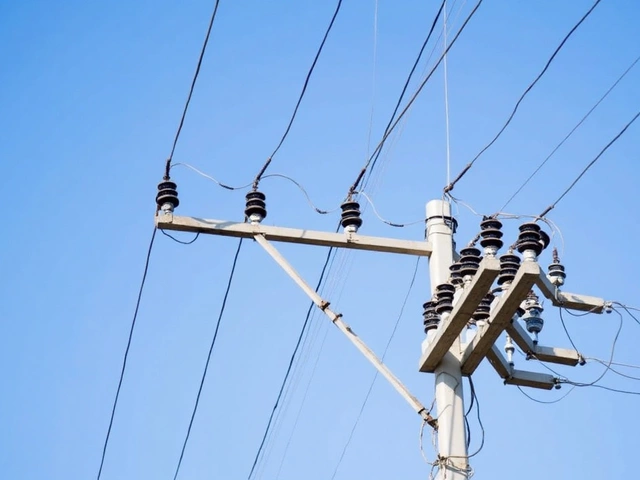Rear End Tips and News for Motorcyclists
When it comes to riding, the rear end is the part that really pushes you forward. From the swingarm to the rear shock, every piece works together to give you grip, stability and comfort. If you’re looking to keep your bike performing at its best, you’ll want to know the basics, spot common problems early, and pick the right upgrades. Below is a quick rundown that’ll help you stay on top of your rear end without spending hours in the garage.
Understanding Your Rear End
The rear end isn’t just a single component – it’s a system. The swingarm holds the rear wheel in place, the rear axle connects the wheel to the bike, and the shock absorber controls how the suspension reacts to bumps. The chain or belt transfers power from the engine to the wheel, and the rear brake slows you down. All these parts need to work together, so keeping them clean and properly tuned is key.
One of the most common issues riders face is excessive play in the swingarm bearings. If you notice a wobble when you’re cornering or the bike feels loose at high speeds, it’s time to check the bearings for wear. Another red flag is a soft or leaking rear shock – it can make the bike feel “mushy” and reduce traction, especially on wet roads.
Rear End Upgrades and Maintenance
Upgrading your rear end can give you a noticeable boost in handling. A stiffer rear shock or adjustable preload allows you to fine‑tune the bike for your weight and riding style. If you’re into sport riding, look for a shock with high‑rate damping to keep the rear planted during hard braking. For touring, a softer setup offers more comfort over long distances.
Regular maintenance is simple and saves money. Keep the swingarm bolts torqued to the manufacturer’s spec – usually around 40‑50 Nm – and re‑grease the bearings every 6 000‑10 000 km. Clean the rear sprocket and chain (or belt) after each ride in wet or dusty conditions, then lubricate the chain with a light oil. Check the rear brake pads for wear; if they’re below 2 mm you’ll want to replace them soon to avoid reduced stopping power.
When you replace the rear wheel, make sure the axle length matches your bike’s specifications. A too‑short axle can cause the wheel to shift under load, while a too‑long one may strain the bearings. Use a torque wrench to tighten the axle nuts to the recommended setting – typically 50‑60 Nm – and double‑check the alignment before you hit the road.
Finally, don’t forget the small stuff that adds up: tighten loose fasteners, inspect the dust seal on the shock, and give the rear suspension a quick bounce test after any major ride. These quick checks keep the rear end humming and let you focus on the fun part – riding.
Whether you’re a casual rider or a track enthusiast, keeping your rear end in top shape makes every mile smoother and safer. Use these tips as a checklist, try out a couple of upgrades when you’re ready, and enjoy the confidence that comes from a well‑tuned bike.
What is the best type of rear end, differential, for car racing?
Differentials are a key component of any car's drivetrain, and can have a major effect on its performance in racing. The best type of differential for car racing depends on the type of racing, track conditions, and the driver's preference. Open differentials are the most common type of differential, providing equal power to both wheels. Limited slip differentials are better for racing, as they allow more power to be sent to the wheel with the most traction. Other types include locking differentials and torque vectoring differentials, which provide even more power to the wheel with the most traction. Ultimately, the best type of differential for car racing will depend on the individual driver's needs and preferences.









